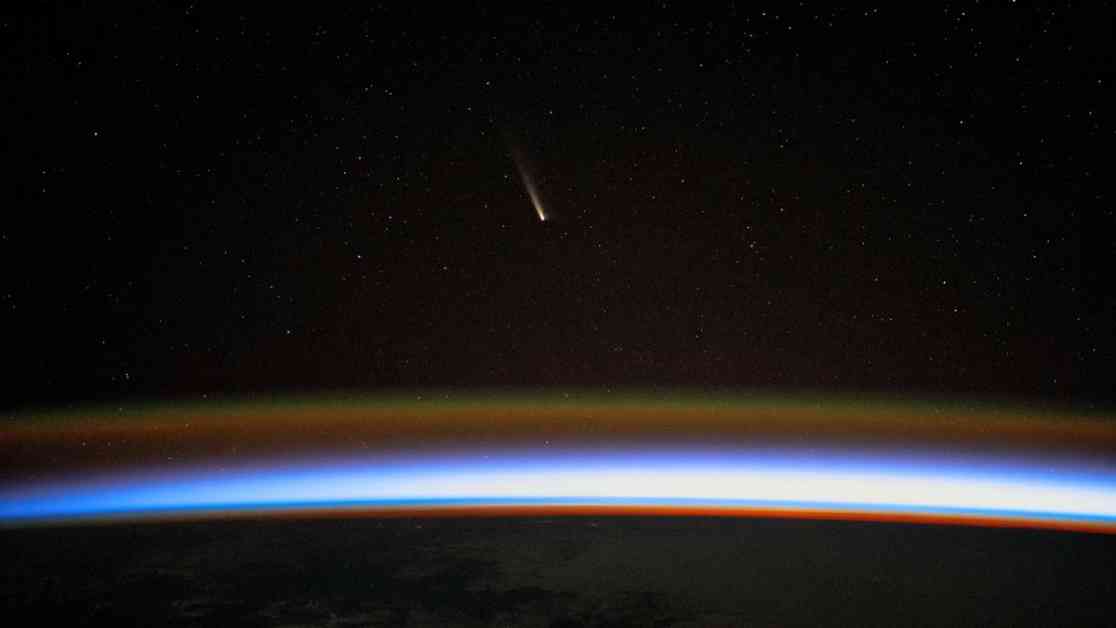Comet Tsuchinshan–ATLAS has been visible in the night sky for the past few weeks and has captured the attention of skywatchers. This comet, which was first discovered in early 2023, is expected to make its closest approach to Earth on October 12. However, astronomers have recently spotted another comet, C/2024 S1 (ATLAS), which will also be making its closest approach to our planet this month and may be visible without a telescope.
The newly discovered comet, C/2024 S1, was initially designated as “A11bP7I” but has since been given its official title. It is expected to reach its nearest point to Earth on October 24 and will then swing around the sun four days later. This comet likely originates from the Oort Cloud, a region of comets and icy objects near the edge of the solar system.
While not much is known about the size, shape, or orbit of C/2024 S1, astronomers believe it will come within 81.8 million miles of Earth on October 24 and will pass by the sun at a distance of around 765,000 miles on October 28. This comet is classified as a “sungrazer” comet due to its close proximity to the sun. However, the survival of the comet after its encounter with the sun remains uncertain.
Initial observations suggest that C/2024 S1 has a green glow, a rare color for comets, which is caused by dicarbon molecules in its coma and tail. The comet is expected to be brighter than Venus between October 24 and 28, but visibility may be limited to just before sunrise in the Southern Hemisphere. Those in the Northern Hemisphere may still have a chance to see the comet between October 29 and 31, although it will be significantly dimmer by then.
If you are interested in observing C/2024 S1, you can track its progress using TheSkyLive.com and consider using stargazing binoculars or a small telescope for an enhanced view. Keep in mind that the comet’s visibility and survival after its close encounter with the sun are uncertain. So, make sure to seize the opportunity to witness this celestial event if the comet remains visible in the night sky.










